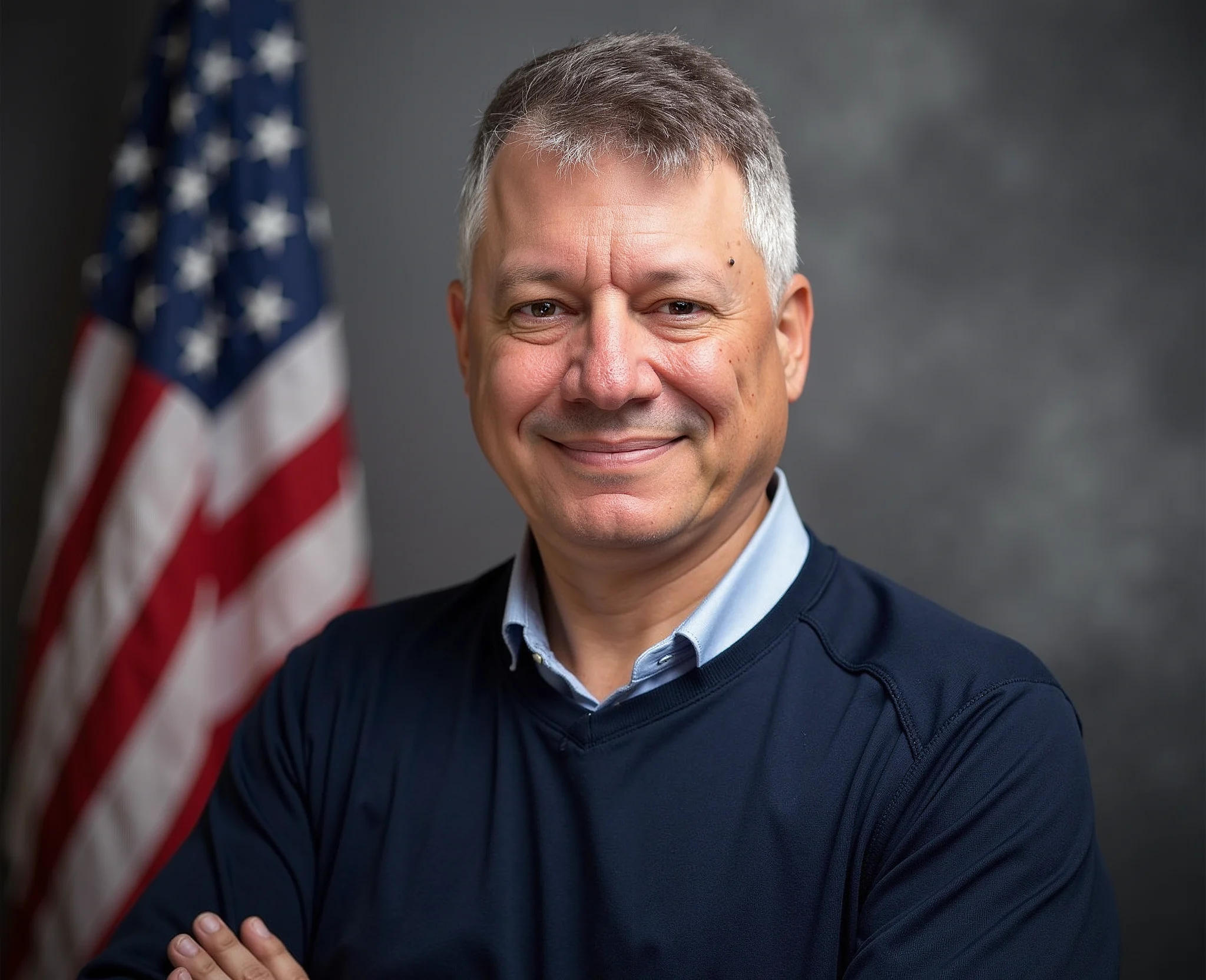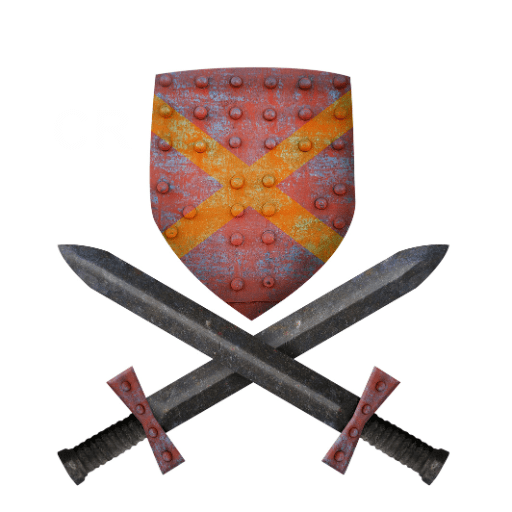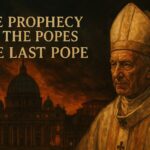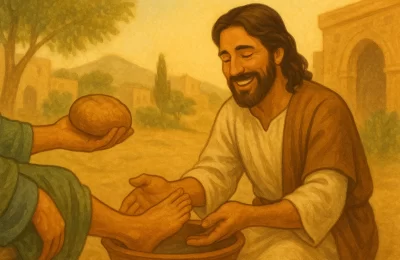When a pope dies, the ancient heart of the Vatican stirs with ceremonial gravity. The death of a pontiff is not merely a moment of mourning—it is a thunderclap in the spiritual and political heavens, a celestial punctuation mark that reverberates across the globe. It sets into motion a sacred drama rooted in nearly two millennia of tradition, mystery, and meticulously ordered rites. As the bells of St. Peter’s toll somberly through Rome, the Church—so often a symbol of continuity—enters a momentary void. Here’s what happens when the world’s most visible religious leader dies.
1. The Final Silence: Declaring the Death of the Vicar of Christ
In the quiet of the Apostolic Palace, the Vicar of Christ draws his final breath. The first to act is the Camerlengo, the Cardinal Chamberlain, whose duty is as solemn as it is historic. Following an ancient ritual, he approaches the lifeless body and calls the pope’s baptismal name three times. There is no reply.
Traditionally, this ritual confirmed the pontiff’s death with dignity. Today, the verification is done medically, but the symbolism remains: the shepherd has fallen, and his flock awaits direction.
The Camerlengo then formally announces the pope’s death and assumes limited authority over Vatican affairs. The world listens with bated breath. The age of one pontificate ends. A sacred vacancy—sede vacante—begins.
Timeline Note: Pope Francis died on Monday, April 21, 2025, following complications from double pneumonia. News of his passing was confirmed by Vatican officials at approximately 9:46 a.m. local time.
2. The Ring Is Broken: Ending a Papal Reign
On the deceased pope’s hand rests the Fisherman’s Ring—the golden signet bearing an image of Saint Peter casting his net. It represents papal authority, used to seal documents and affirm decisions. As witnesses observe in solemn silence, the Camerlengo removes this ring and crushes it with a ceremonial hammer.
This dramatic act is not mere symbolism—it is a safeguard against forgery and an emphatic declaration: this reign is over. The power to bind and loose has returned to heaven until the College of Cardinals declares otherwise.
Timeline Note: The destruction of the Fisherman’s Ring typically occurs within 12–24 hours after death. In 2025, it was scheduled for April 22, immediately following internal preparations.
3. Nine Days of Mourning: The Church Weeps
The pope’s body, vested in liturgical garments, is transported to St. Peter’s Basilica and placed before the altar of the Confession. The basilica’s cavernous silence is broken only by the shuffling of thousands who file past, eyes red, hearts heavy.
Over the next nine days—known as the novemdiales—solemn funeral Masses are held, each echoing prayers of remembrance and thanksgiving. Cardinals, bishops, ambassadors, and heads of state gather under Michelangelo’s dome as incense rises and candles flicker against the marble walls of the world’s most iconic cathedral.
Then comes the funeral itself—a majestic liturgy of ancient power. Choirs chant the Latin In Paradisum as the Church commits her shepherd to the earth. But the story does not end at the altar.
Timeline Note: The novemdiales began on April 23 and ran through May 1, 2025, with the formal funeral Mass held on Friday, April 25 at 10:00 a.m.
4. The Burial: Three Coffins and a Tomb Beneath Rome
The pope is buried in a triple coffin, each layer infused with theological and symbolic meaning:
• The inner cypress coffin—simple and unadorned—represents the humility of the man who once wore white.
• The middle lead coffin, sealed and engraved, preserves the memory of his reign.
• The outer oak or elm coffin signifies strength, nobility, and finality.
This sacred sarcophagus is lowered into the crypt beneath the basilica, amid the tombs of centuries of popes. Here, beneath the high altar and mere steps from what many believe to be the bones of Saint Peter, the successor to the fisherman joins the apostolic line in rest.
Timeline Note: Pope Francis was interred in the Vatican Grottoes on Saturday, April 26, 2025, following the traditional rites.
5. The Interregnum: When the Church Is Shepherdless
With the death of the pope, the Church enters a rare and vulnerable phase: sede vacante—“the seat is empty.” During this time, no one on earth bears the title Pontifex Maximus. The majestic seal of the papacy is locked away. The world’s largest religious body drifts—briefly—without its head.
But it is not leaderless. The Camerlengo ensures continuity of administration. The College of Cardinals convenes, but they are forbidden from enacting long-term decisions. The Church does not create. It waits.
The Vatican flag is lowered, and the insignia of sede vacante—a striped umbrella flanked by crossed keys—flies over the Holy See.
Timeline Note: The period of interregnum officially lasted from April 21 until the election of the next pope, anticipated around May 10–12, depending on conclave duration.
6. The Conclave: Choosing the Next Shepherd
Within fifteen to twenty days, cardinals under the age of 80 from around the world gather in the Sistine Chapel. As its doors close and are sealed from the world, the Church holds her breath.
This is the conclave—from the Latin cum clave, meaning “with a key.” It is a ritual locked in mystery, tradition, and the trembling weight of heaven and history.
Twice each morning and twice each afternoon, the princes of the Church vote in secret. The ballots are burned after every session:
• Black smoke: no consensus—still no pope.
• White smoke: joy erupts—the successor to Peter has been chosen.
When the white smoke appears, bells ring, flags wave, and the faithful fill St. Peter’s Square. Moments later, the Cardinal Protodeacon steps onto the balcony and announces:
“Annuntio vobis gaudium magnum: Habemus Papam!”
“I announce to you a great joy: We have a pope!”
A new figure, dressed in white, emerges to bless the city and the world. Urbi et Orbi. The papal age begins anew.
Timeline Note: The conclave is expected to begin on Monday, May 5, 2025 and conclude within several days, though the exact duration may vary.
7. A Moment for Reflection: Thrones Fall, Christ Reigns
The death of a pope is not only a shift in religious governance; it is a global spiritual spectacle. For Catholics, it is the passing of their Holy Father. For the world, it is a moment pregnant with history, symbolism, and expectation.
Yet for those grounded in Scripture, it is also a humbling reminder: even the most exalted earthly thrones are temporary. While men may ascend the throne of Peter, only Christ ascended to heaven’s right hand. The true Chief Shepherd will one day appear—not from behind the curtains of the Vatican, but in the clouds with power and great glory (1 Peter 5:4; Matthew 24:30).
And His reign will never end.
Conclusion: Legacy, Loss, and the Long Wait
As the incense fades and the triple coffin is sealed, as the conclave begins and the smoke rises, the world watches an ancient rhythm unfold: death, vacancy, selection, and renewal.
The process is as much about memory as it is about mission. It honors the man who bore the weight of the keys of Peter—and prepares the Church for the next who will.
But all this reminds us: no matter how grand the pageantry, only one King is eternal, only one Kingdom cannot be shaken (Hebrews 12:28), and only one name is worthy of ultimate allegiance: Jesus Christ, the Son of the Living God.








